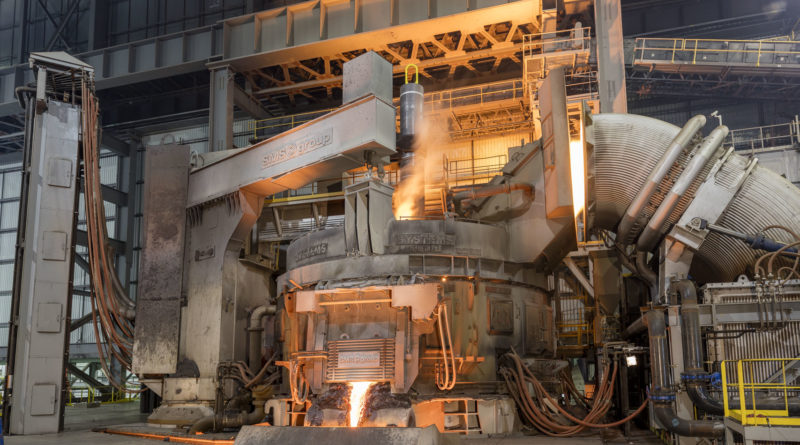OECD: global steelmaking sector faces excess capacity
The Secretariat of the OECD Steel Committee provides monitoring reports on crude steelmaking capacity developments on a regular basis, using a wide range of publicly available and commercial data sources.
Its latest available data suggest that global steelmaking capacity (in nominal crude terms) increased in 2019 by 1.5% from the levels of 2018. Moreover, many investment projects continue to take place around the world in 2020 and others are in the planning stages.
Should these projects be realized, global steelmaking capacity could increase by approximately 2-3% between 2020 and 2022 in the absence of closures. In the context of global excess capacity, it will be important for policymakers to continue closely monitoring investments and closures that take place in the steel industry.
Global steelmaking capacity (in nominal crude terms) decreased from 2015 to 2018, but the latest available information (as of December 2019) suggests that capacity increased in 2019 for the first time since 2014. The OECD has revised its 2019 figures for global steelmaking capacity to 2 362.5 million metric tonnes (mmt).
In 2019, most of the capacity additions took place in Asia, where an additional 30.4 mmt of capacity (+1.9%) was deployed in 2019. Steelmaking capacity also increased in Africa (2.4 mmt, i.e. 5.9%), the CIS (1.5 mmt, i.e. 1.1%), Europe (0.7 mmt, i.e. 0.3%) and the Middle East (2.8 mmt, i.e. 4.5%).
On the other hand, steelmaking capacity in the North American Free Trade Agreement (NAFTA) region decreased in 2019, doing so by 3.8 mmt (-2.5%).
In the Latin America and Oceania regions, neither new investments nor permanent closures were observed during 2019 from the sources used to update the OECD’s capacity monitoring databases.
Information on announced investment projects suggests that, globally, 58.2 mmt of gross capacity additions are currently underway and could come on stream during the three-year period of 2020-22. An additional 20.1 mmt of capacity additions are currently in the planning stages for possible start-up during the same period.
In particular, Asia and the Middle East region may experience a considerable increase in steelmaking capacity over the next few years if all the projects current under way or planned are ultimately realised.
Over 27 mmt and 19 mmt of gross capacity additions are currently underway for start-up during 2020-22 in Asia and the Middle East region, respectively, with an additional 3.0 mmt and 6.0 mmt in the planning stages in these regions, respectively.
Europe, NAFTA, Africa, the CIS, and Latin America could also see an increase in capacity, with 3.7 mmt, 3.3 mmt, 1.9 mmt, 1.9 mmt and 0.2 mmt of gross additions currently underway in each region, respectively. Additionally, there are plans in each of these regions to add several million tonnes of capacity during the 2020-22 period. Currently, there are no capacity investment projects in Oceania.




